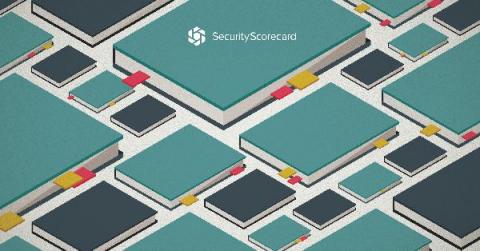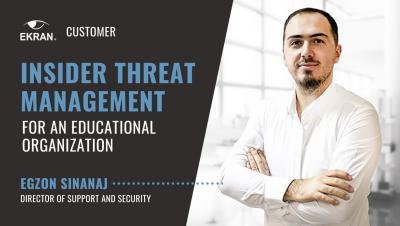Cybersecurity in Higher Education: Understanding the Threats & Adopting A Zero Trust Approach
While there’s no real way to prevent them all, understanding vulnerabilities, common types of cyberattacks and how to prevent them can help college and university leaders prioritize their security strategies to help keep institutional data and students safe.









